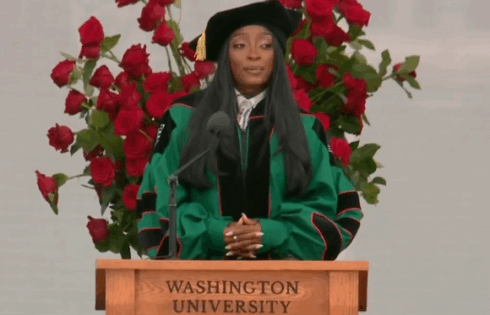
In victory for academic freedom, Ohio to establish ‘intellectual diversity’ centers at its five largest public universities
Legislation out of Ohio should permanently put to bed any notion that academia is generally defenders of academic freedom for a variety of views, particularly those that in any way might fall under the label of “conservative.”
The new budget in Ohio will create five new “intellectual diversity” centers at public universities in the Buckeye State. That is three more than originally proposed by lawmakers.
Prior to the new law, professors in Ohio mounted a massive public campaign to tarnish the effort and those associated with it through several op-eds in regional newspapers. There was even on-campus smear campaigns and denigrating social media posts in an attempt to derail the effort, a source familiar with the situation told The College Fix.
But the budget sets aside $24 million to create these centers at Ohio State University, the University of Toledo, Miami University, Cleveland State University and the University of Cincinnati.
This will create new professor positions, and it would seem logical that groups like the American Association of University Professors would support more funding to higher education and the creation of more positions.
It does not.
The official position of the Ohio American Association of University Professors is there is enough “intellectual diversity.”
“We have chosen to agree to disagree with the sponsors of the bill over the need for new institutes to create and facilitate ‘intellectual diversity’ at our public colleges and universities,” University of Cincinnati Professor Stephen Mockabee wrote in his official capacity as a representative of the Ohio AAUP. “Ohio’s institutions of higher education are already open marketplaces of ideas where free inquiry is ongoing.”
Fellow Ohio Professor Christopher Nichols, a historian for Ohio State University, called the bill “state overreach.”
“These allocations of funds are likely to be wasted,” Nichols said, according to the Ohio Capital Journal. “It is not a great use of money and therefore not likely to be implemented well.”
Let me interpret what Nichols (pictured, right) means – these funds are likely to be spent promoting at least non-leftist views.
There is strong evidence that “intellectual diversity” is not flourishing on Ohio’s campuses. For example, 92 percent of donations from Ohio faculty members went to Democrats in 2020, according to an analysis by The College Fix. In Nichol’s history department, there are only three registered Republicans compared to 17 Democrats.
Professor Mockabee (pictured, left) need not look further than his own employer to see the problems not just with intellectual diversity but wokeness in general. It is apparently the official stance of University of Cincinnati that professors are free to punish students for stating biological facts about gender, but if you call COVID-19 the “chinese virus” you get forced out of a job.
This is not just a problem in Ohio. For example, Professor Cornel West appears to be a champion for academic freedom and debate, but in reality he supports defunding faculty research if it comes from oil and gas companies.
Intellectual diversity may not go far enough — the centers could only serve as duct tape on a larger problem in academia. Complete overhauls (i.e. New College) or conservative fortresses (i.e. Franciscan University of Steubenville) are more effective solutions.
But duct tape can be a long-lasting solution, as any handyman might tell you. What should not last is the fictitious idea that liberal academics are full defenders of academic freedom and open debate.
MORE: Arizona testimony suggests ASU bias against conservatives
IMAGES: University of Cincinnati; Ohio State University
Like The College Fix on Facebook / Follow us on Twitter







Please join the conversation about our stories on Facebook, Twitter, Instagram, Reddit, MeWe, Rumble, Gab, Minds and Gettr.